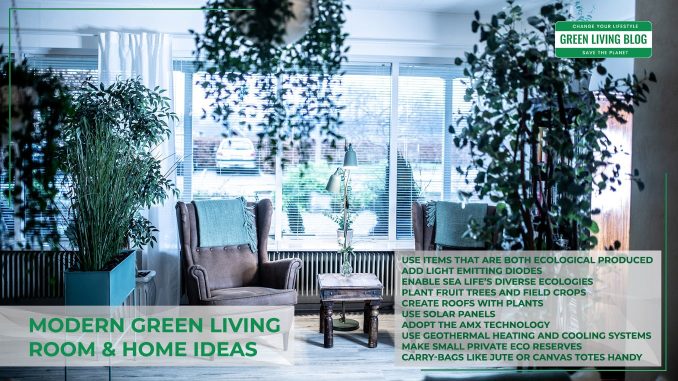
During the Covid-19 pandemic, many homeowners have invested in upgrading their residences while also making them more sustainable.
Green design professionals have used the leading edge of modern, “eco-friendly” interior and exterior design techniques to develop and remodel homes that incorporate a green architectural style. They are using regionally obtained resources to build homes that are powered by solar, wind, and geothermal power.
Moisture-ridden indoor environments purified potable water, LED bulbs, and “smart home” internet systems and processes are just a few of the technologies that can help reduce the carbon footprint in your home.
Below, we highlight some of the most cutting-edge eco-friendly green living ideas as well as a selection of ingenious approaches that provide the utmost elegance and sustainability for your home.
1. Use Items That Are Both Ecological And Locally Produced
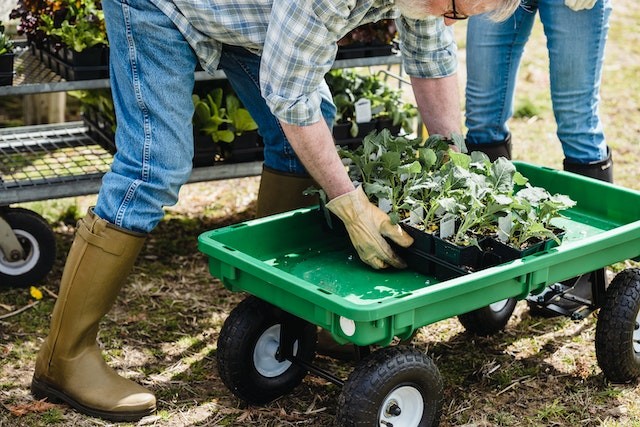
This environmentally beneficial strategy is not novel: before maritime transport became prevalent, “locally sourced” was just the technique used by all constructors and interior designers to create and decorate buildings, as they sourced stones, timber, or local clay, based on which materials are plentiful in a given location.
Designers and architects are looking for regional answers to novel design difficulties to lessen the carbon impact of today’s building processes and you can do the same rather than ordering living room décor items from abroad by choosing local UK furniture companies such as Sofa Club that also offer sustainable ranges.
Expert Tip: Purchasing locally not only implies minimal packing due to transit and shipment but also equals less pollution and wastage.
2. Add Light Emitting Diodes
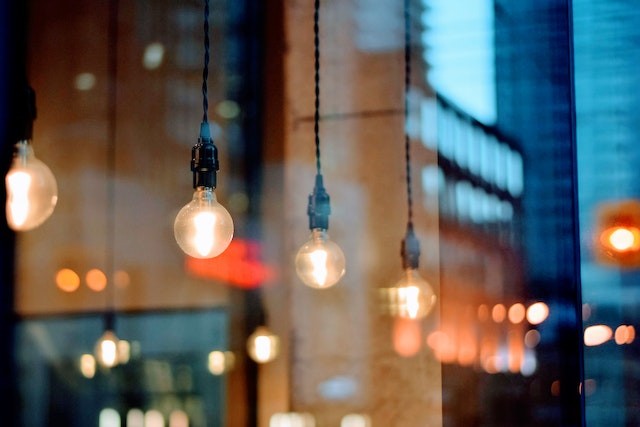
The strong, brilliant, on-demand lighting of light bulbs replaced the delicate flutter and shimmer of candle, oil, and gas lanterns, are dramatically changing the aesthetic of interiors at night. Due to advancements in lighting technologies, illumination is now experiencing a fundamental transformation. Because LED bulbs are far more energy-efficient than incandescent bulbs from the twentieth century, an apartment’s carbon footprint may be significantly decreased even without turning off the lights.
Of course, this lighting technology and its impact can vary in strength, warmth, colour, as well as tones of lighting, bringing back the delicate, beautiful shimmer and shine of old lanterns and candles and there are also alternatives such as solar lights.
Expert Tip: Try changing the bulbs of one room and see the difference within a month in your bills.
3. Enable Sea Life’s Diverse Ecologies

Among the most interesting developments in ecologically responsible construction is taking place on the water, where inventive major programs like sustainable and environment man-made islands are providing sustainable ecosystems for humans and sea creatures beneath.
As if the foundation of every island were a genuine rock structure, coral, fishes, sea urchins, and all sorts of tiny critters can build themselves a home there. Intelligent environmental concepts are used between shorelines, lessening the effect on marine life and even providing undersea sanctuaries for native species and “climate migrants,” water creatures that have abandoned their homes owing to climate change.
Expert Tip: Man-Made Islands ideas can be proposed to your vicinity’s officials and then thought of as an addition to your land or property.
4. Plant Fruit Trees And Field Crops

Taking care of a backyard is a tried and tested method to sit, unwind, and enjoy some fresh air. There’s also the additional advantage of being able to consume the products of your effort.
Gardens benefit the environment as well as the farmer and the kitchen table. House produce fields are becoming a hallmark of luxurious properties, in which a weighted version of the “farm-to-table” idea may be carried straight into the house, thanks to the rising demand for organic vegetables and fruit.
Houseplants create oxygen, and some are also the components of agricultural salads. Horticulture fosters the process of development and breakdown that keeps soil nutritious. A dedicated gardener with plenty of room indoors and outdoors can care for citrus or orchard, or perhaps even create drinks from tiny vineyards. Orchards, like organic gardening, provide clean air and plants, provide shade, and fragrance the atmosphere with the scents of citrus.
Expert Tip: Buy seeds of the plants you use in your daily life so that you can generate interest along with utility. If you have a conservatory, you can grow plants there too.
5. Create Roofs With Plants

Green roofs are not only beautiful, but they’re also beneficial to the environment. Using plants as a roof covering instead of traditional materials decreases pollutants and absorbs rainwater running off. It also saves money on electricity and helps the roof’s stable foundation last longer. Green roofs are now so common and effective that major design outlets are publishing how-to guides to download for free.
Expert Tip: Start by transforming one patch of the roof into a green roof so that you can have enough time to adjust to it.
6. Use Solar Panels
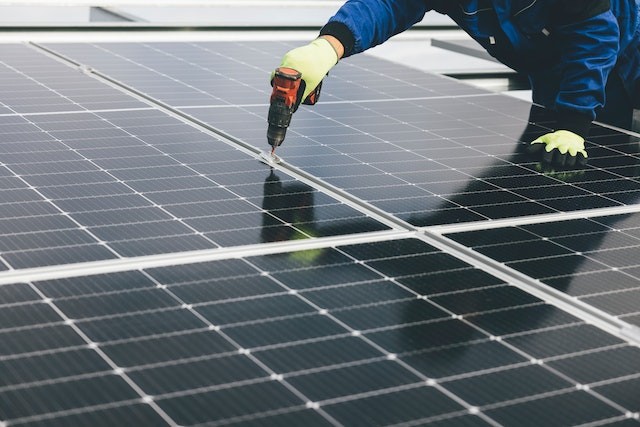
Solar rooftop panels can provide a compact, long-term, economical solution to improving a home’s receptive energy by utilising the sun’s endless energy. Solar panels are fashionable and maybe a beautiful and creative addition to any property, whether it is spanking new or ancient.
Expert Tip: Solar panel installation doesn’t make much noise and emits less toxic gases. It is also a useful power source that helps to prevent environmental issues. Switch to the basic one first and experience the difference.
7. Adopt the AMX Technology

Today’s modern eco-friendly homes are not only sustainable but also intelligent. The Internet of Things is designed and engineered by AMX, which is a subsidiary of Samsung’s Harman Professional Division. At the click of a button, AMX smart-home systems regulate lighting, warmth, audio, and even watering.
This ensures that energy is not squandered while the house is unoccupied. Smart home technologies may also assist with home security. Numerous applications, such as security camera alerts, proximity detectors, and music playback broadcasts offer remote, one-touch security warnings.
Expert Tip: Go for customisation of the technology as per your choice and home type.
8. Use Geothermal Heating And Cooling Systems

Geothermal heating and cooling, including solar panels, use the aspects of nature to deliver ideal interior temperatures at any season of the year. The technique allows residents to keep only the most opulent home’s environmental impact modest while maintaining a high visual effect.
The advantages of implementing a geothermal system in your home, which may offer 20 years of dependable heating and cooling with long service life, may exceed the price, particularly if it’s for new construction or to install a new system, but you may be eligible to green home grants.
Expert Tip: Ask the local technicians about the places where this can be fitted and its perks before finalising the decision as this switch is a big one.
9. Make Small Private Eco Reserves
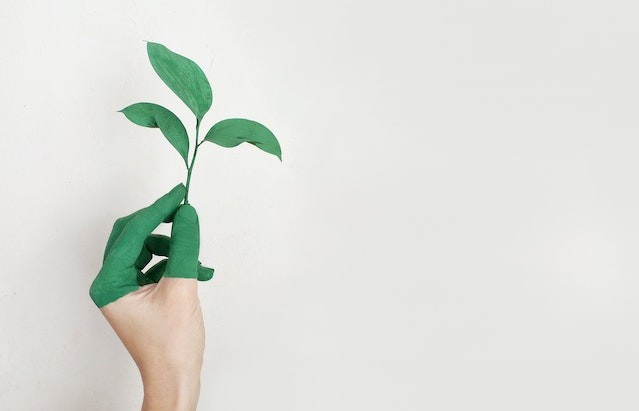
Then there’s the eco preserve, in which the landowner is more of a custodian of the earth and water, dwelling in peaceful tune with nature than a landlord. The idea of living an environmentally friendly existence is expanding to encompass health and wellbeing. When you combine nature conservation and outdoor enjoyment, a house on a protected preserve might be the answer. Those seeking better opportunities will discover the optimum combination: living consciously in nature.
Expert Tip: Learn to make small reserves at first, in order to avoid mistakes while making bigger ones. Use materials like stones, boxes, etc which can be found in any household.
10. Keep Carry-Bags Like Jute Or Canvas Totes Handy

Such textile bags are far sturdier and more long-lasting. They are more durable and may be used for a variety of other errands in addition to supermarket shopping.
Expert Tip: Keep one bag in your car or at your door so that you don’t forget it when you step out.
11. LEED Accreditation (Leadership in Energy and Environmental Design)
LEED accreditation has become synonymous with environmentally friendly building methods. LEED (Leadership in Energy and Environmental Design) is a green building certification program that certifies a program’s energy savings. It is the most extensively used approach for evaluating green buildings.
As per the council, the number of LEED-certified residences has increased by 19% during 2017. And over 550,000 LEED-certified housing properties are presently in use across the world, with over 400,000 in the United States. The state with more LEED-certified residences is California, trailed by Texas and New York. Residences that are LEED-certified can be constructed for much the same price as regular homes.
Expert Tip: As LEED-based homes are made for the same price as normal homes, go for the LEED-based ones to be a part of energy saving.
12. Minimise Food Waste

Food waste has become a serious problem mainly in the Western world due to the extreme consumption of goods and foods. Many purchase too much and do not use it in time before it expires. The food then ends up in the waste and this causes more organic waste to be handled.
Expert Tip: Food wastage isn’t ethical and saving every grain or sip of it can help feed the needier, therefore try taking food in small proportions or use some helpful green apps that provide food management services.
13. Purchase Environmentally Friendly Home Décor Items
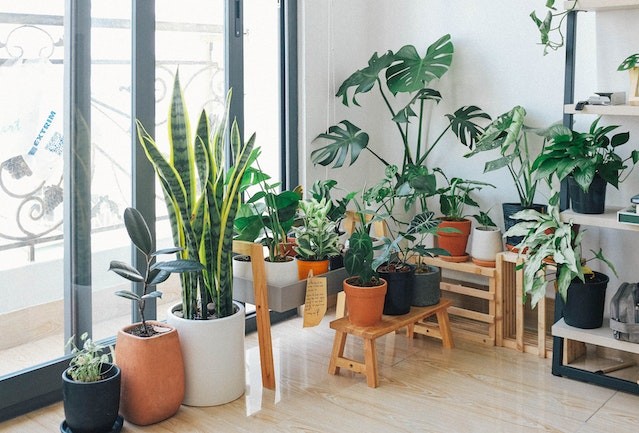
Eco-friendly items are those that do not affect the quality of the environment, whether during their manufacture, usage, or disposal. There are a plethora of environmentally friendly products in the market that you really can begin using right away to reduce your carbon impact on the world. So, when decorating your home, consider eco-friendly living room furniture sets made from sustainable materials, such as bamboo or reclaimed wood.
Expert Tip: These greener items might be a bit expensive, but they can affect your health too positively along with the environment while lasting longer.
14. Add A Splash Of Colour To Your Landscape
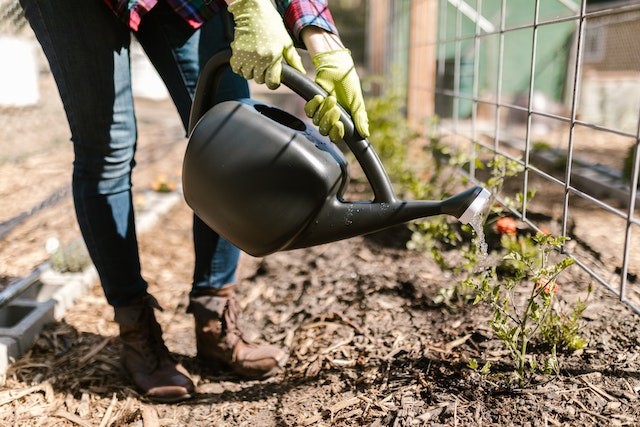
Focus on brilliant blossoms while growing fresh flowers. These serve as natural attractants for honeybees, which are necessary for pollination and development.
Expert Tip: Go for local plants and create a small garden in your home.
15. Don’t Purchase Plastic And Don’t Throw It Away
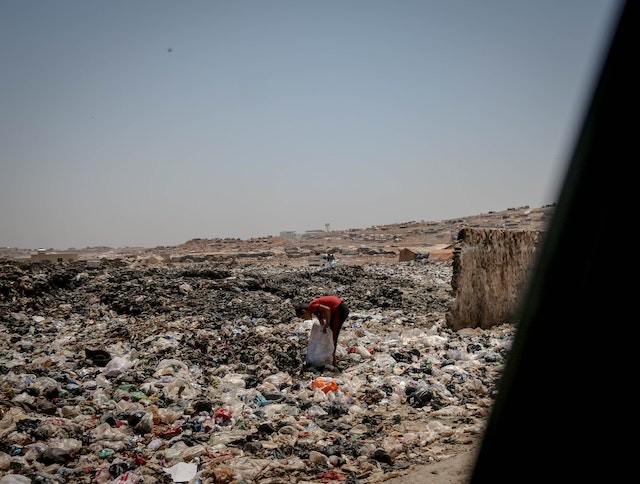
The rule is straightforward. Avoid using plastic when; preparing ahead and finding suitable alternatives with paper, card, glass, or wood. If you do use plastic, find a local recycling centre and drop it off to be recycled as well as put to better use. Many supermarkets provide containers for returning plastic items as well.
Expert Tip: Check how to recycle the plastics you use as many are recycled in different ways, so check the recycling label.
Green Living at Home is Fun and Brings Joy
Hopefully, this list of the green living room and home ideas helped you get a clear picture of the eco-friendly ways of living that you can implement. Choose options that are suitable for your home and local area and of course for your budget. The advantages of living more eco-friendly at home go much further than you imagine and it all starts with us.
![]()


Leave a Reply
You must be logged in to post a comment.